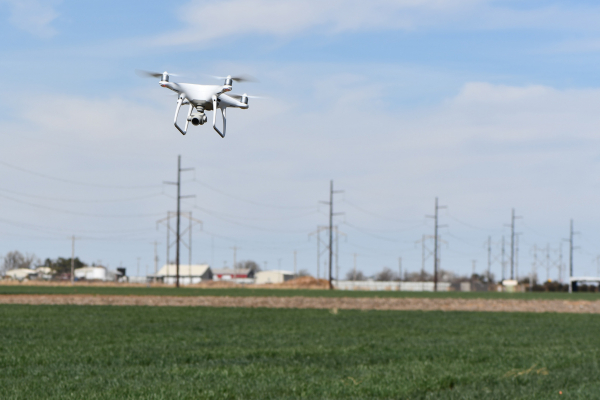Sterilizing Screwworm

A highly successful example of public research for animal health began in the 1950s in the fight to eradicate the New World Screwworm. The screwworm is a maggot that feeds off the flesh of livestock as well as humans, which causes animal suffering, requires expensive treatments, and has ruined farm businesses.
Researchers from Texas A&M University and USDA devised and implemented the sterile-male-release approach to control screwworm. Young males, made sexually sterile, were air-shipped to other facilities for screwworm control programs. Mating between native females and sterilized males produced no offspring. This method eventually led to the pest’s eradication in the U.S., Mexico, and Central America and has been used successfully to control other agricultural pests. Today, USDA remains vigilant in keeping screwworm out of the U.S.
USDA’s investment of $257 million (1930s through the 1960s) has resulted in the complete eradication of a costly pest. With eradication, U.S. livestock producers have realized benefits of $796 million, along with economy-wide benefits of $2.8 billion for a combined total benefit of $3.6 billion from the original research investment. (All numbers are in constant 1996 $ equivalents).


